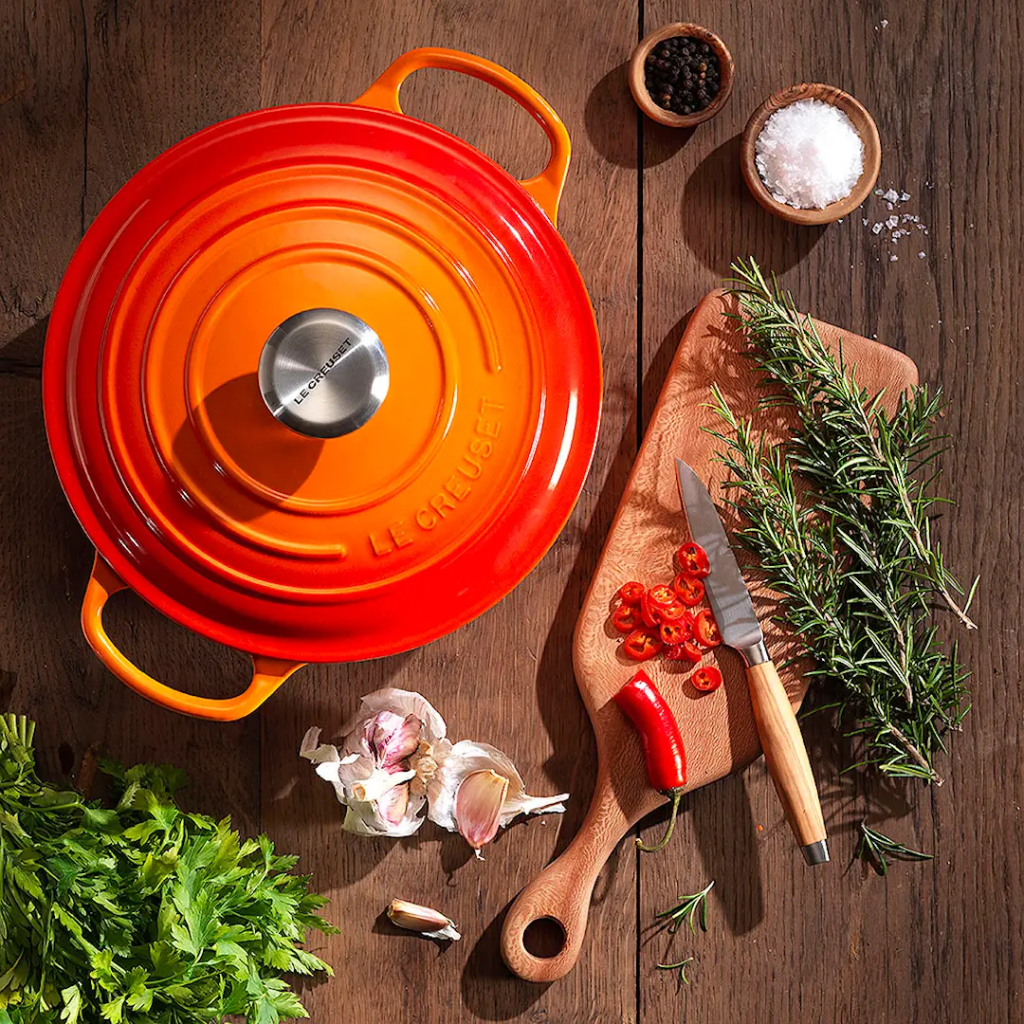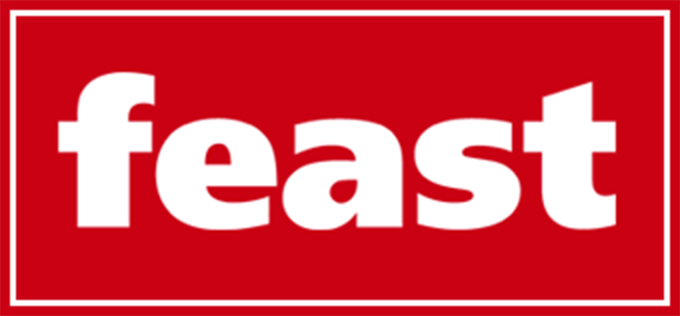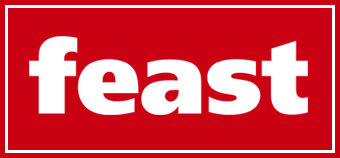Purchasing cookware is not just about stocking your shelves. It’s just a matter of picking tools that define the way you cook, how often you do, and your attitude toward it. A good steak can be ruined with the wrong pan. The right one can take the edge off making weeknight dinners. But there are so many choices that it’s easy to be overwhelmed — or, worse, to spend too much on stuff you never use.
Here’s what really matters when you buy cookware, and what you can safely ignore.
The performance of the product is affected by the material
The most crucial feature with an unfurnished frying pan rests less on how much it costs than makes it with. Every material has different conductive properties, different taste in water should be used to wash it out, and foods what won’t well done in one pot or another.
Competing with each other in terms of lightness and cost are aluminum pans that heat up quickly. When it’s pressed, however, the metal is soft and easily scratched. This means that unless it has received a special treatment like anodizing or being coated with some sort of hard coat- it won’t be happy around tomatoes or other acidic foods either!
Stainless steel is a classic for good reason: sturdy, versatile, and inert. It won’t crumble or chip, but it also doesn’t conduct heat very well by itself—so look for multi-element electric stoves and stainless steel would be a good choice for your needs. (Or you could try vision glass.) Best are designs in which that conductivity layer becomes integrated into the surface of the cookware itself such as sandwich constructions with cores made from aluminum or copper.
Cast iron heats slowly but stays hot once it’s attained that level of temperature. Great for things like browning, baking, or slow cooking. Raw cast iron needs to be maintained (seasoning and proper drying). If you buy an enameled cast iron model, then all these problems disappear- though at a price.
Nonstick coatings are great for baking delicate items like eggs and save having to use a lot of oil. But they cannot withstand high heat, and the coating will break down over time even if carefully looked after.
Copper’s virtue is that it heats up and cools to the desired temperature very quickly. But it takes a lot of polishing, and in the past has been expensive to buy with copper. Unless lined with stainless steel for food use.

Think about how you cook
If you mostly just boil, fry or reheat things, a high-end fry pan might become a lifeless ornament. If you are into slow-cooking, braising or baking a lot, higher priced pastel cookware which is oven-proof in an oven or on a stovetop would be much more suitable perhaps.
Cooking habits also influence size. A 12-inch frying pan might be too big for an individual yet just right for a large family of four. Tall stockpots are ideal for soup and pasta but demanding to store.
Weight and feel matter
You should be able to handle your cookware comfortably even when it’s full. Handles feel certain, not loose or odd. A well-designed pan will feel balanced. Lids must fit tightly so as not to give off precious moisture, particularly if you cook things slowly–like braised meats.
Try to handle the cookware yourself before buying. If that’s not practical, at least read reviews that mention performance in daily use, weight, and how it feels.
A name worth keeping an eye on
Some corporations are successful because they have a history , le creuset has managed to persist as one of those names, with its colorful enameled cast iron pots. Although their price is usually higher than most competitors’ wares, they often last a lifetime and can pull double duty as serveware instead of just utility pots.
Final remarks
Most people need only three to five pieces of kitchen equipment for virtually be able to live out their lives. Instead of zealous hunting down “the usual fare,” therefore, it’s better to focus on quality. Cookware should serve you, rather than the other way around. Select pieces which fit into your surroundings, your stove’s top-ography and real way of cooking–not just what’s in fashion at present or most popular now.


